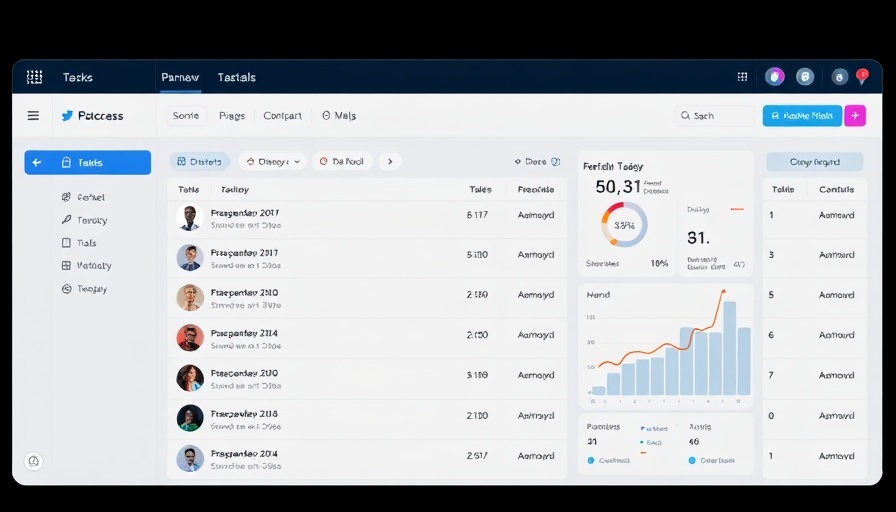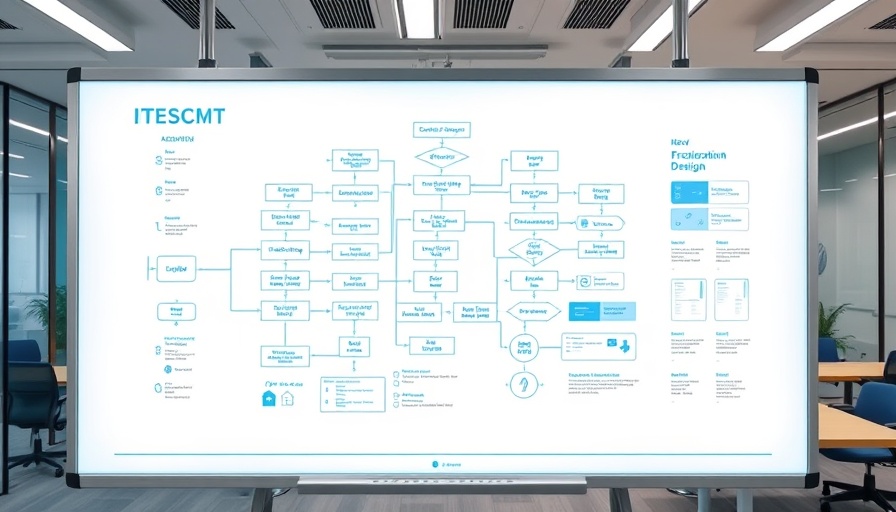
Understanding the Costs of OKR Software for Growing Teams
In the rapidly evolving landscape of business management tools, the cost of Objective and Key Results (OKR) software plays a pivotal role in strategic decision-making. For business owners generating between $2 million to $10 million in revenue, selecting the right OKR software can feel daunting, especially when faced with a variety of pricing models, hidden fees, and tiers of service.
What Influences OKR Software Pricing?
When navigating the OKR software landscape, it's crucial to recognize the factors that can significantly influence your budget. Prices generally range from $19 to $89 per editor per month, depending on the features you select. Here’s a brief overview of key considerations:
- User Tiers: Pay attention to how you map editor versus viewer roles. Only assigning paid seats to true editors can keep costs manageable.
- Templates: Basic templates come standard at lower tiers, while more advanced options, essential for a swift rollout, may only be available in mid-tier packages.
- Advanced Features: If your team seeks integration with tools like Jira, expect to pay a premium for upper-tier packages that allow for such features.
The Importance of Hidden Costs
In addition to the listed prices, it’s also important to be aware of potential hidden costs that can quickly inflate your budget. These may include:
- Single Sign-On (SSO) integrations
- Onboarding and implementation fees
- Data migration and premium support costs
These additional expenses can significantly impact your overall expenditure, so always clarify with vendors during the purchasing process.
Maximizing Your Investment
Understanding your return on investment (ROI) is critical when evaluating OKR software. Rather than solely focusing on the initial cost, consider how the software can streamline operations:
- Determine the roles within your team that genuinely need editing capability and utilize free viewer seats wherever possible.
- Negotiate for annual or volume discounts that can lead to considerable savings over time.
- Consider modeling your expenses over a 12-to-24 month outlook to incorporate potential headcount growth.
Questions to Ask Potential Vendors
As you explore vendors, equipping yourself with the right questions can empower you to make a more informed decision:
- What specific features come with each pricing tier?
- How do you handle onboarding and technical support?
- Can you provide references from similar-sized companies to validate performance and service?
Engaging in thorough research and dialogue will help ensure you're making the right choice for your operational needs.
Conclusion: Take Control of Your OKR Software Decisions
Businesses on a growth trajectory need efficient OKR software that aligns with their objectives while managing costs effectively. By understanding pricing models, anticipating hidden fees, and engaging proactively with vendors, you can select a tool that not only fits your budget but also enhances your team’s capability to drive results.
To embark on a well-informed software selection journey tailored to your business needs, consider seeking expert guidance that can help you shortlist the best options available.
 Add Row
Add Row  Add
Add 



Write A Comment